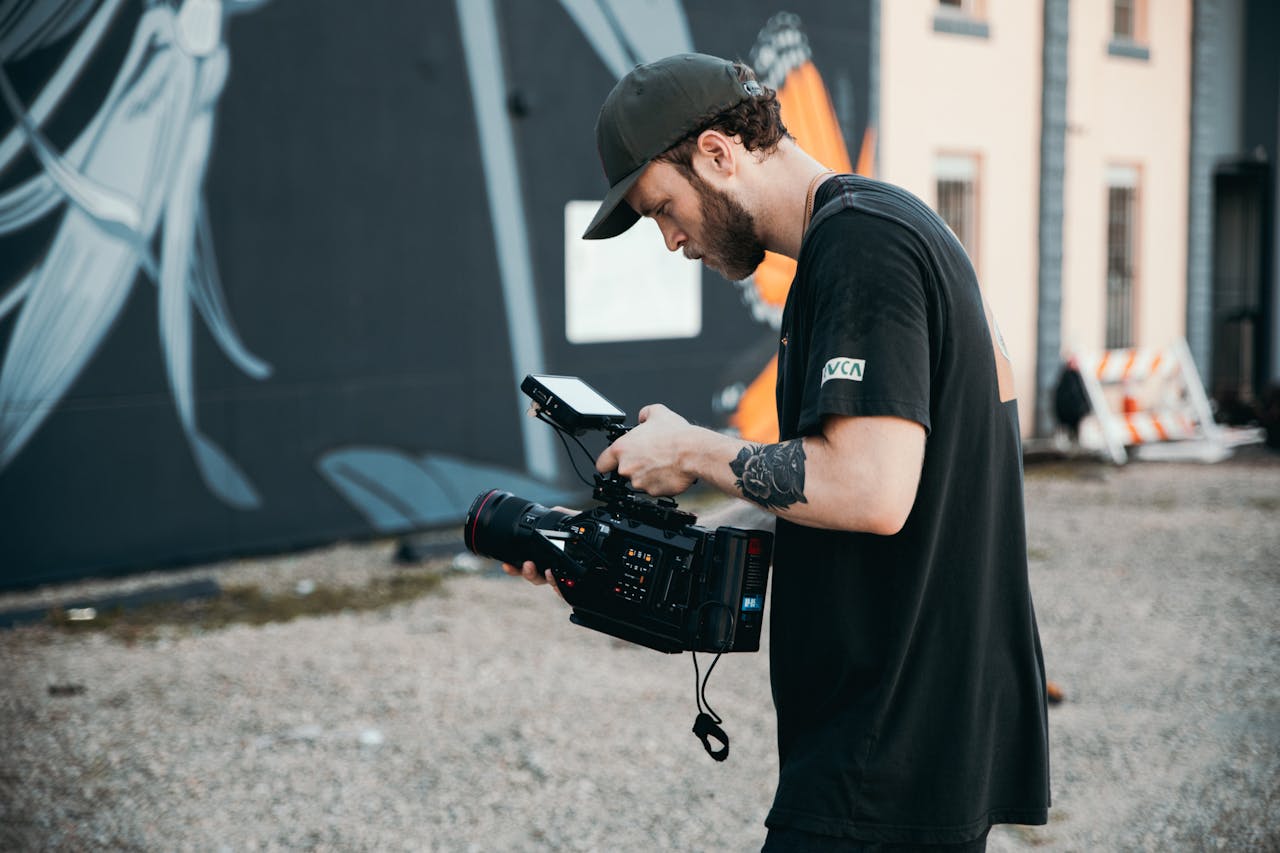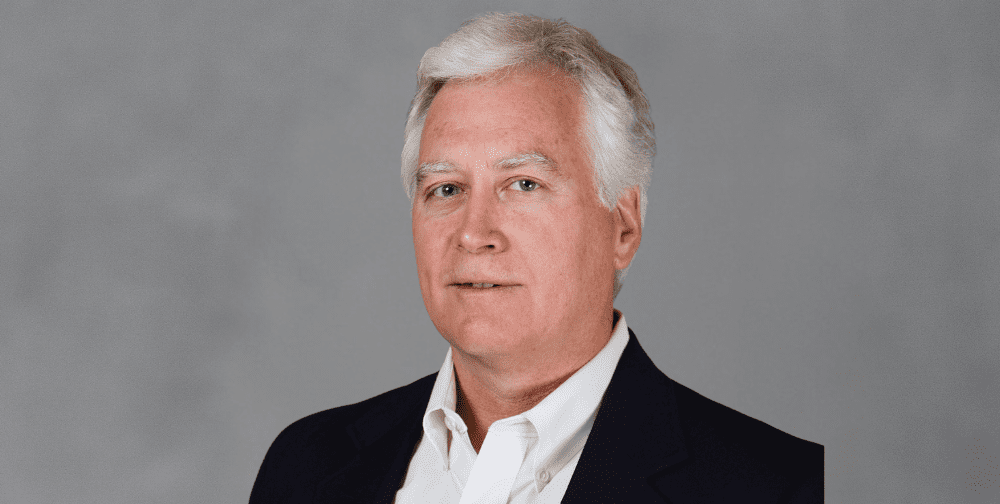When people think of European cinema, their minds often jump to the grand epics of France, the stylized thrillers from Scandinavia, or the philosophical musings of Eastern European arthouse films. But tucked away behind the spotlight is a rich, riveting world of European documentary cinema—raw, authentic, and profoundly human. These aren’t just films; they’re windows into unseen lives, unheard voices, and untold stories. And if you know where to look, you’ll discover a cinematic landscape bursting with passion and originality.
One excellent platform that helps shine a light on lesser-known documentaries from across Europe is dokweb.net. This resource is a treasure trove for documentary lovers and filmmakers alike, featuring detailed information about European doc projects, festivals, and funding opportunities. Whether you’re hunting for a gripping story from the Balkans or a quiet observational piece from the Baltics, it’s a great starting point.
Why European Documentaries Deserve More Attention
While mainstream streaming services push heavily branded American true crime or celebrity-driven content, European documentaries tend to fly under the radar. But here’s the thing—these films often carry a different kind of weight. They’re rooted in deep history, cultural nuance, and political complexity. There’s an honesty to them, an unvarnished portrayal of life that doesn’t feel like it’s trying to sell you something.
European documentarians frequently work with smaller budgets, which ironically frees them from commercial constraints. What you get, more often than not, is cinema that feels more intimate and daring—less polished maybe, but more powerful for it.
Unexpected Stories from Unexpected Places
One of the best parts about diving into this world is the sheer unpredictability of what you’ll find. Take Collective (2019), for example. This Romanian documentary by Alexander Nanau starts off investigating a tragic nightclub fire and ends up uncovering massive government corruption in Romania’s healthcare system. It’s gripping, jaw-dropping, and realer than any political thriller out there.
Or consider The Other Side of Everything (2017) by Mila Turajlić. Set in Belgrade, Serbia, this deeply personal film explores the legacy of Yugoslavia’s political past through the lens of the filmmaker’s own mother, a prominent activist. What begins in one apartment becomes a reflection of a nation divided.
These films don’t just inform—they make you feel like you’ve been let in on something. They’re stories you didn’t know you needed to hear.
Genres and Styles You Won’t See Anywhere Else
European documentaries break molds. They blur the line between fiction and nonfiction, between art and reality. Just look at The Wolfpack (though American, its style echoes many European sensibilities) or more accurately, Lo and Behold by Werner Herzog—these are films where the boundaries are constantly being tested.
The Czech Republic has long had a reputation for experimental and poetic documentary filmmaking. Director Helena Třeštíková, for instance, spent over a decade following the lives of ordinary people in her Marriage Stories series. Her method? Patience. She simply waits for real life to unfold—and it always does, often with heartbreaking clarity.
In Finland, documentaries like The Happiest Day in the Life of Olli Mäki blend docu-style visuals with narrative storytelling, blurring genres in a way that’s both emotionally rich and visually distinctive. And in France, filmmakers like Nicolas Philibert (To Be and to Have) use observational cinema to capture slices of life that feel both deeply personal and universally resonant.
Regional Flavors Make All the Difference
What makes these films truly special is how rooted they are in their local cultures. A Hungarian documentary won’t feel like a Dutch one. The mood, pacing, even the types of stories told—they’re influenced by the rhythms of the region.
In the Baltics, there’s often a stillness to the filmmaking, a reflective quality. Films like Bridges of Time explore poetic cinema with a calm that feels meditative. Compare that to something like Ukrainian Sheriffs—which, despite its rural setting and gentle humor, crackles with political tension.
Then there’s the raw immediacy of Polish documentaries. 21 x New York takes a look at people in the New York subway, but it’s filmed by a Polish director with a perspective that’s distinctly European—melancholic, curious, and deeply humane.
Where to Find These Hidden Gems
Mainstream platforms like Netflix or Prime Video rarely offer deep catalogs of these films. But there are a few places documentary fans can dig deeper:
- net– As mentioned earlier, this is a go-to source for discovering new projects, especially from Central and Eastern Europe.
- DAFilms– A curated streaming service that focuses specifically on documentary films from around the world, with a strong emphasis on Europe.
- Festival circuits– Events like IDFA (Amsterdam), CPH:DOX (Copenhagen), and Doclisboa (Lisbon) are fantastic for catching premieres and even chatting with the filmmakers themselves.
- Mubi and Criterion Channel– Occasionally host retrospectives of prominent European documentarians.
- YouTube and Vimeo– While harder to search, many smaller European docs find life here through indie distribution.
Why These Films Matter—Especially Now
In an age where misinformation spreads fast and nuance is often lost in translation, these documentaries play a critical role. They offer grounded, complex portrayals of issues that can’t be reduced to soundbites. Watching a documentary about refugees shot from a tent in Greece, or following the story of a Roma family struggling for dignity in Slovakia—these are experiences that cut through headlines and statistics.
European documentary cinema also preserves culture. It captures voices, customs, and communities that are slowly vanishing. It documents protest movements, celebrates folklore, and questions power structures. It’s as much a form of resistance as it is a record of truth.
Getting Started: A Beginner’s Watchlist
If you’re just dipping your toes into European documentaries, here’s a varied list to begin with:
- Collective(Romania) – A political bombshell disguised as investigative journalism.
- The Act of Killing(co-produced by Denmark and Norway) – A surreal and disturbing look at genocide in Indonesia.
- The Other Side of Everything(Serbia) – History meets intimacy in one apartment.
- Honeyland(Macedonia) – A stunning tale about balance, bees, and survival.
- Bridges of Time(Lithuania/Latvia/Estonia) – A poetic tribute to Baltic filmmakers.
- The Gleaners and I(France) – Agnès Varda’s quirky, heartfelt journey through forgotten things and people.
- Something Better to Come(Poland) – A haunting chronicle of a girl growing up in Europe’s largest garbage dump.
Final Thoughts
European documentary cinema doesn’t scream for attention—but it deserves it. It’s subtle, often slow-burning, and unapologetically human. These films don’t just entertain; they provoke, inform, and linger in your thoughts long after the credits roll.
So next time you’re in the mood for a film night, skip the glossy blockbusters. Dive into the rich, quiet brilliance of a European documentary. You might not get explosions or cliffhangers—but you’ll get something far more rewarding: the truth, beautifully told.



































